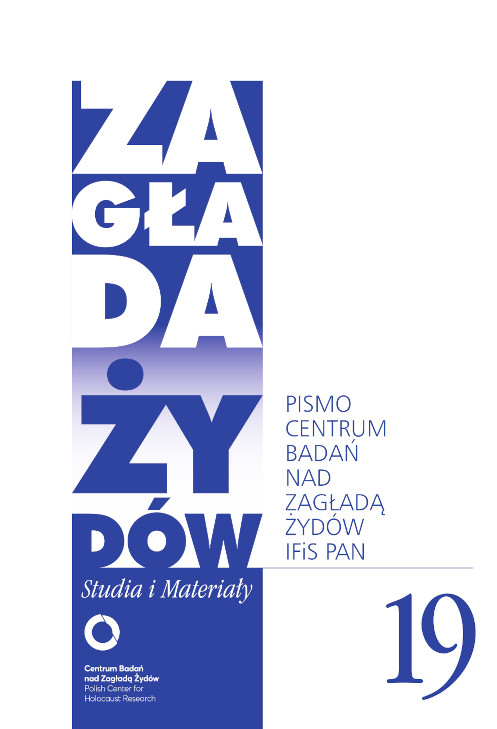Zagłada Żydów. Studia i Materiały, No. 19 (2023), Pages: 70-92
The Warsaw Ghetto Uprising broke out on April 19, 1943 when the German forces entered the ghetto to liquidate it. It was the most wide-ranging, extended and most famous Jewish resistance in occupied Europe during the Holocaust. Studies have already shown that although the Jewish undergrounds had a major part in it, the Jewish population in the ghetto that was hiding in the bunkers also had an important part in this Uprising. Women took part in both of them.
As female fighters in the Jewish Undergrounds, the ŻOB (Żydowska Organizacja Bojowa) and the ŻZW (Żydowski Związek Wojskowy), women fired guns, threw bombs, stood guard and linked battle positions. Doing that, they crossed the boundaries of gender and fought like the men did. Women hid in bunkers and fought for the lives of those close to them, first and foremost children, and for their own lives. This article examines the life and death of women in the Warsaw Ghetto during the Uprising, and the impact their participation in the Uprising had on their status and roles as women.
The article looks at three aspects in the lives of Jewish women in the Warsaw Ghetto in three aspects. First, as female fighters in the underground, who participated in battles and carried out the same roles as the men. Second, as mothers who struggled to protect their children’s lives and to tend to their physical and mental needs. Third, as daughters, girls and young women, who stood at the forefront of the struggle to save their families and survive.
Yet, as the article shows, during those 27 horrible days, women kept their traditional roles as women, and existing gender boundaries remained. The combination between their inherent inferiority as women in a patriarchal society and the total destruction of the getto and the displays of brutality by the Germans degraded them to the abyss in the struggle to maintain a human image, certainly to stay alive. In all matters, the traditional division of sex roles remained solid. Their methods of coping and expressions of resistance did not blur the boundaries of gender.
 English
English
 Język Polski
Język Polski



